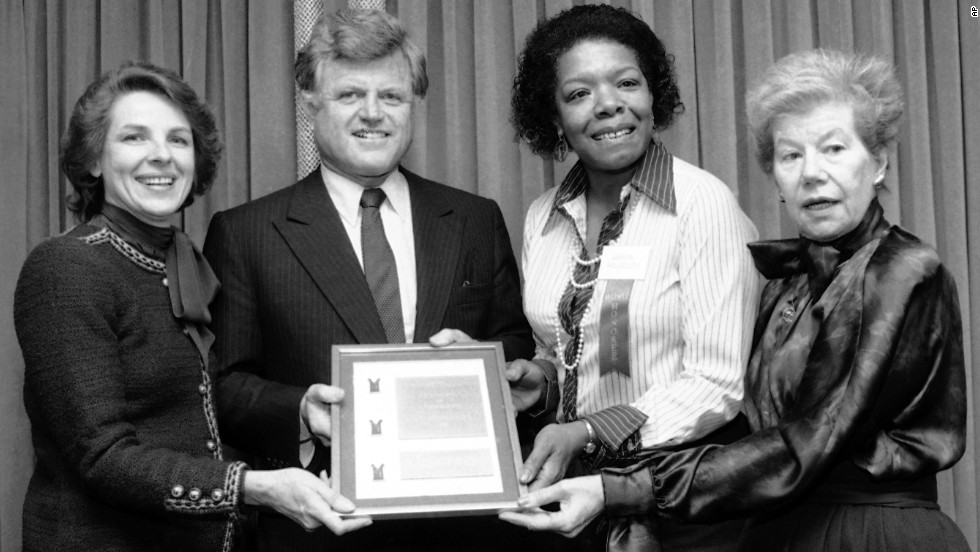
She returned to Mission High School and earned a scholarship to study dance, drama, and music at San Francisco’s Labor School, where she also learned about the progressive ideologies that may have served as a foundation for her later social and political activism. After dropping out of high school, Marguerite was briefly employed as a cable car conductor, the first black person ever to hold that position. The two children once again moved to be with their mother-this time to San Francisco, California. The eight-year-old girl felt guilty and believed that her voice had caused the death of the rapist, so she became mute and remained so for several years. The man was tried and convicted but then released he was found dead soon after. Louis but were sent back to Stamps after it was discovered that Marguerite had been sexually molested by her mother’s boyfriend. In 1935, the children were returned to the care of their mother in St. Later, Angelou suggested that her faith and Christian beliefs-as well as her strong sense of fair play and realization of her own and others' inner beauty-stemmed from these early experiences. In her autobiography, Angelou recounted chafing at the attitudes she encountered of people who seemed to condone the limited opportunities available for black high school graduates of the time. The family encountered the racial prejudice of the white customers in the store and of the community leaders generally. Henderson owned the only grocery store in the small town and reared the children according to the strict Christian values common in the rural South at that time. were sent to Arkansas to live with their paternal grandmother, Annie Henderson, and their uncle, Willie, in Stamps. he called her "Maya," his version of "my sister."Īfter the divorce of their parents in 1931, Marguerite and Bailey Jr.

Angelou had one sibling, her older brother Bailey Jr. Louis, Missouri, to Bailey Johnson, who was a naval dietitian, and Vivian Baxter Johnson, who was a nurse. She held over fifty honorary university degrees, along with many other awards recognizing her accomplishments in the arts and her service to human rights.Īngelou was born Marguerite Annie Johnson on April 4, 1928, in St. She was in the first group of inductees into the Arkansas Black Hall of Fame in 1993. The popular and critical success of the book was the foundation of her career as an author and public figure, as well as the basis of her identification as an Arkansas author. Her first published book, I Know Why the Caged Bird Sings (1970), was an autobiographical account of her childhood, including the ten years she lived in Stamps (Lafayette County) with her grandmother. Angelou received her nickname from her older brother Bailey Jr., who couldn't pronounce her name so he called her Maya, which he derived from "my sister.Maya Angelou was an internationally renowned bestselling author, poet, actor, and performer, as well as a pioneering activist for the rights of African Americans and of women. Her mother Vivian Baxter Johnson was a nurse.

Her father Bailey Johnson was a doorman and navy dietitian. Maya Angelou was born Marguerite Ann Johnson on April 4, 1928, in St.


 0 kommentar(er)
0 kommentar(er)
